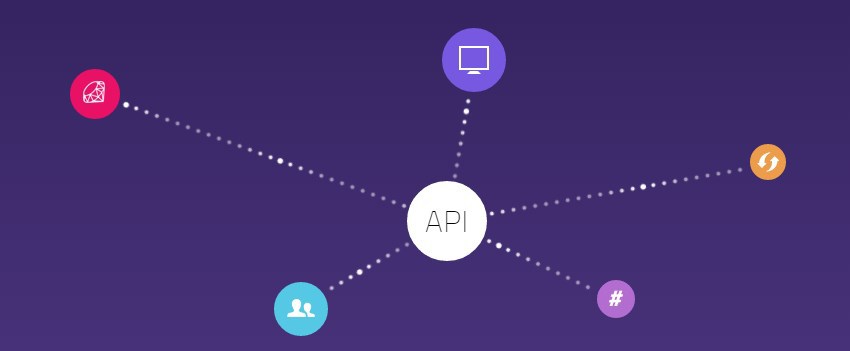3 best tools for describing RESTful API

The interaction of various services using API, from innovation turns into routine. The number of free and paid API is already in the thousands, and every day their number is actively growing. Why not? Selling remote inquiries to your innovative service can bring in more profit than the distribution of services through your site. And let, in this case, your customers are already puzzled and spend money to attract the audience. Using my experience, I offer a brief overview of the best solutions for implementing API to date.
In this segment, startups are just beginning their rapid movement toward popularity. New software solutions appear regularly. Existing products, working in beta testing mode, still lure new users through free services.
Nevertheless, clear leaders of the race have already appeared, which will be discussed in more detail later.
')

www.mashape.com
This project is different from many others. Its main task is not a description, but an API sale through a catalog of ready-made solutions. The service creates a subdomain for each client and hides the real paths to the API after proxying. Mashape places the API in its directory. Each user has the opportunity to use the tariff designer and start making money on each request. Thanks to query proxying, Mashape can keep records and limit access to the API.
Mashape has no actual markup language, everything is configured in the browser window. A convenient test function is available for the created API.
The project developed a base SDK for requests and responses and published as a separate project www.unirest.io .
Here is an example of the popular website API Pinterest: www.mashape.com/ismaelc/pinterest-1
A convenient generator allows you to immediately get the code of a simplified API request for programming languages: PHP, Java, Node.js, Python, Objective-C, Ruby, .NET.

www.swagger.io
Swagger has been developing for a long time. This software solution for generating documentation is the de facto leader. But I had a different opinion.
JSON is used as markup. The project has its own editor ( http://editor.swagger.io/ ). Version 2.0 editor is now available.
An example of the display can be seen at the link: petstore.swagger.io
The advantages of the viewer include the ability to play documentation from deleted links.
When displaying documentation, there is a form for sending a test request with its own parameters.

www.apiary.io
Apiary uses API blueprint, developed on the basis of the Markdown syntax, as markup. The documentation file is maintained by editors for Markdown.
The project has a good online editor. Visible bugs with the layout of the site, in some places it is not well thought out. Nevertheless, the Swagger looks much nicer (but this is my subjective assessment).
Supports generation of query examples for languages: Java, Javascript, Node.js, Perl, Python. PHP, Ruby, Go, C #, Visual Basic, Groovy, Objective-C, Swift.
Bonus: do you write your project and post it on github? Then your RESTful API and SDK for it are already available at www.sdks.io. This service regularly monitors the appearance of new files with the RESTful API and automatically generates SDK libraries for them.
Today, there are at least 20 different software solutions with different functionality for the RESTful API. The essence of this article was to give a brief overview of the leaders of this segment. If you are interested in learning more about this topic, you can read my other articles on this topic:
Source: https://habr.com/ru/post/252237/
All Articles